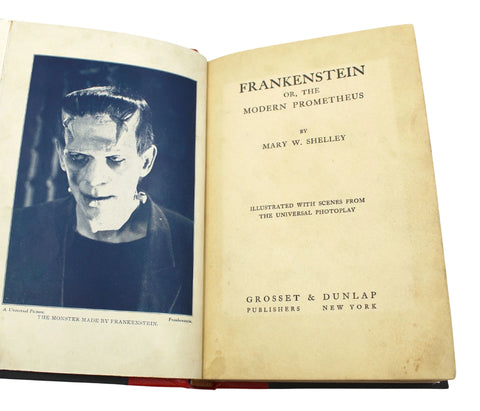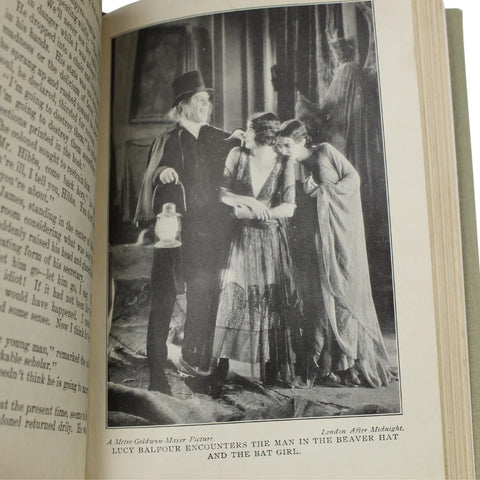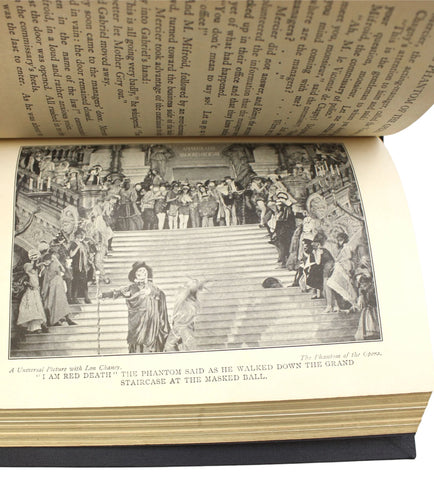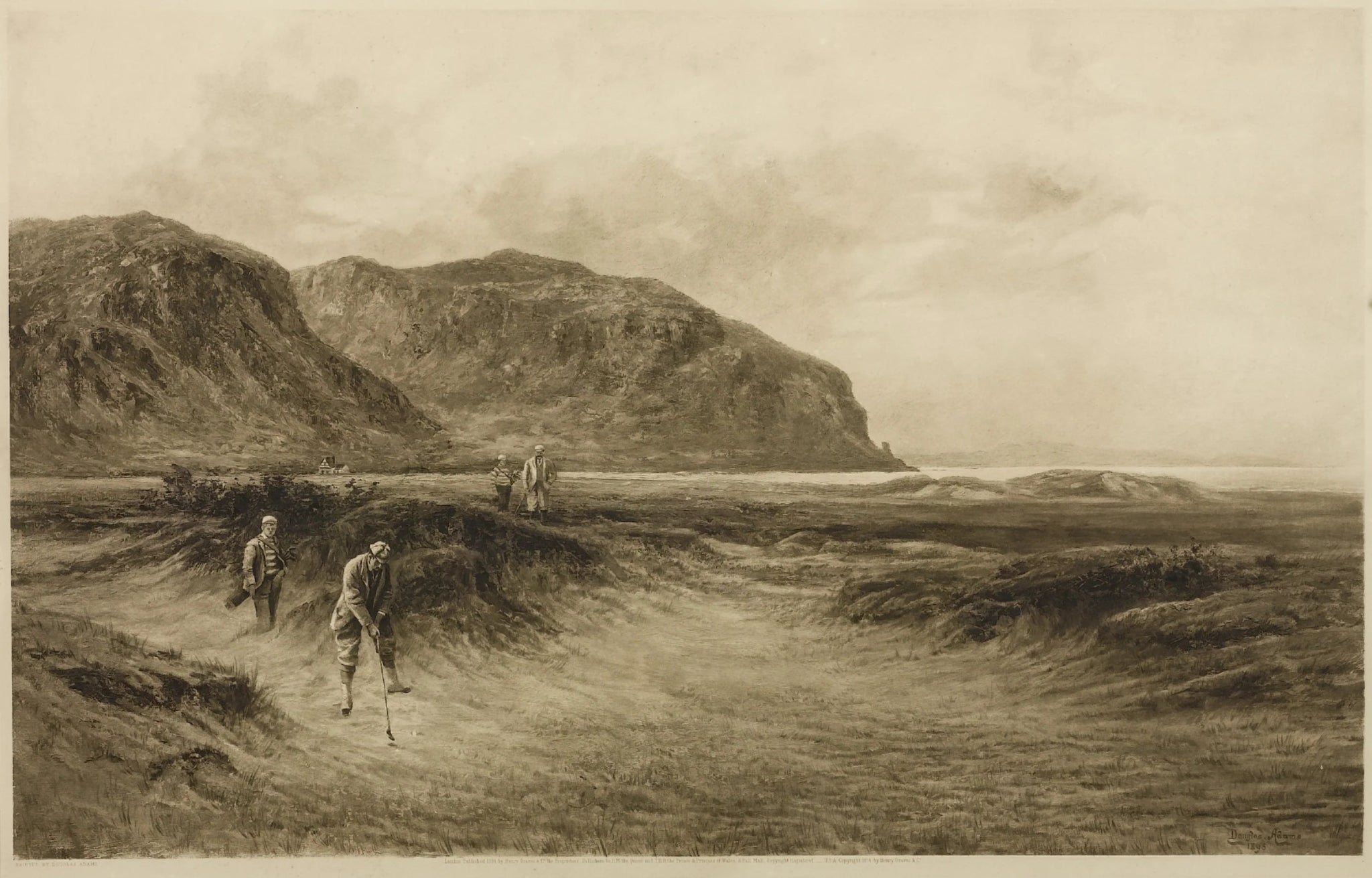Grosset & Dunlap: Book Publishers for the Masses and Film Buffs Alike
Founded in 1898 by Alexander Grosset and George T. Dunlap in New York City, the publishing firm of Grosset & Dunlap helped to shift the focus of the publishing industry from expensive books for the few to inexpensive books for the masses. They sold copious numbers of reprints, photoplays, and original book series throughout much of the 20th century and helped increase readership throughout the US. They deserve our collectors’ attention for their sheer output and influence on 20th-century publishing, as well as the book titles themselves, many of them unique, collectible presentations.
Alexander and George first met while working for the American Publishers Corporation, before that company went bankrupt. When they decided to start their own company, their initial business plan was to purchase overstock remainders from other New York publishing companies, including American Publishers Corporation, and publish them with a Grosset & Dunlap imprint. This helped them to avoid paying expensive royalties and publishing fees to authors. With these initial profits, the partners also purchased overstock paperbound books in bulk, to rebind in cloth and resell as decorative hardcovers, a very unique business model at the time.
As the company grew, Grosset & Dunlap was able to purchase reprint rights from publishers before publication, including rights from Edward Stratemeyer for the Hardy Boys and Nancy Drew. In these cases, the original title pages were often retained, but a phrase like "The Trade supplied by Grosset & Dunlap" was added. Later, new publication pages were created that stated them as the sole publisher. These reprints were priced at a very affordable $.50 per book, and remained at this level until the onset of the WWI paper shortage. Prices were then raised to offset increasing production costs - from $.65, to $.75, but never exceeding $1.00, as their mission was always to publish books the middle class could afford.
In 1914, Grosset & Dunlap issued their first "photoplay edition." Photoplay editions were promotional movie tie-in books of the silent film and early sound era and Grosset & Dunlap monopolized this market in the 1920- 1940s. Once a popular book's film rights were sold, Grosset & Dunlap would swoop in immediately to secure the reprint privileges for the book. They would then republish the book close to the movie’s premiere date, with illustrations and stills from the movie or film production. They hired talented dust jacket artists to illustrate new covers promoting the films’ movie stars, famous directors, or key scenes. Occasionally, the firm would even hire authors to novelize popular films that did not even begin as books originally, as was the case for King Kong and London after Midnight. The film script would be fictionalized in narrative form after the movie was released.
These photoplays allowed readers who couldn’t afford to attend every movie opening to still experience the film, in a way, from home. Meanwhile, wealthier fans of the film could further enhance their fan experience by buying and reading the photoplays.
Today, these vintage photoplay editions are tracked down by film buffs, bibliophiles, and book collectors. The most sought after photoplays are those tie-in editions for favorite films such as Dracula, Frankenstein, and King Kong, plays like Phantom of the Opera, or lost films such as London after Midnight. Other collectors search for books featuring individual stars, like Lon Chancey of Boris Karlof. You can pursue our whole collection of Grosset & Dunlap books here.










